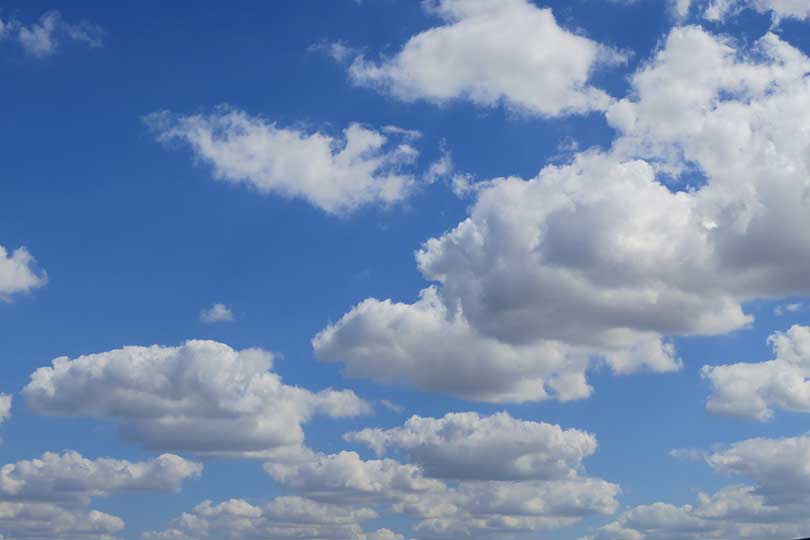The NOAA Climate Prediction Center (CPC) in its winter 2016 forecast said that if we see a La Niña, it will be a weak one.
There is a 55 percent chance La Niña will persist through the winter.
“If La Niña does develop, it looks weak,” CPC Deputy Director Mike Halpert said in a conference call. “In some respects, we have actually gone against the model depictions based on La Niña.”
La Niña is the term used to identify the occurrence of widespread cooler-than-normal temperatures in the equatorial Pacific, along with jet stream patterns which feature a magnified northern jet stream and limited subtropical jet energy over the continental U.S.
The La Niña watch has flip-flopped back and forth for months now as forecasters make their predictions based on temperatures in the equatorial Pacific. The CPC issued a La Niña watch in May and removed it September, only to reinstate it again in October.
The temperature outlooks for the western and southern two-thirds of the continental U.S. have above normal temperatures predicted. The northern states would favor colder than normal temperatures from a La Niña weather pattern.
“We had the watch in effect, and then by September the Pacific had relaxed back to normal. The dynamical (forecast) models had everything going flat,” Halpert said. “So the watch was dropped. Then, the ocean changed and the models responded. This highlights the difficulty of predicting a weak event.”
The Southern Plains that have experienced recent dry stretches could benefit the most if a weak or short-term La Niña weather pattern does develop. Forecast models are indicating higher precipitation chances in the Southern Plains during the early-November time frame, according to DTN Progressive Farmer.
“December, January, February outlook does call for a pretty good signal for above normal temps and below normal precipitation for the winter months,” National Weather Service Meteorologist Mark Fox said in an interview with the Texas Farm Bureau Radio Network. “We have to take that with a grain of salt, because we have had some fairly significant winter weather events in the past in Texas, in winters that have turned out to be above normal temperatures and below normal precipitation.
One of the best remembered is the superbowl snowstorm. That winter was actually warm and dry, but that week was anything but, so with normal in Texas is one variation to another, wild swings both ways so just because that outlook is warm and dry on average doesn’t take away that possibility for a few winter events coming through and we’ll probably see something.”

